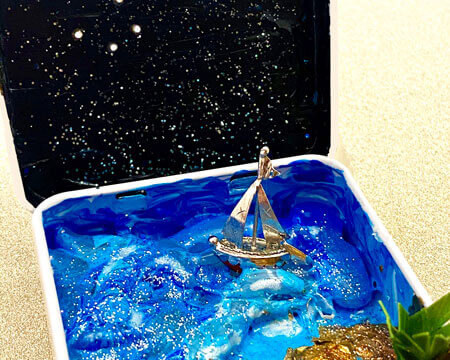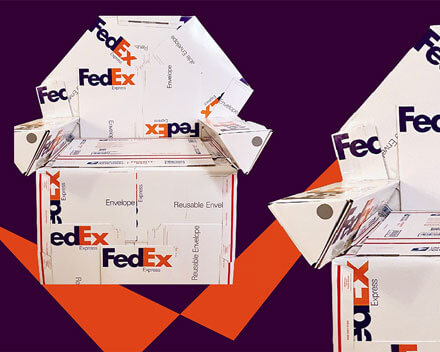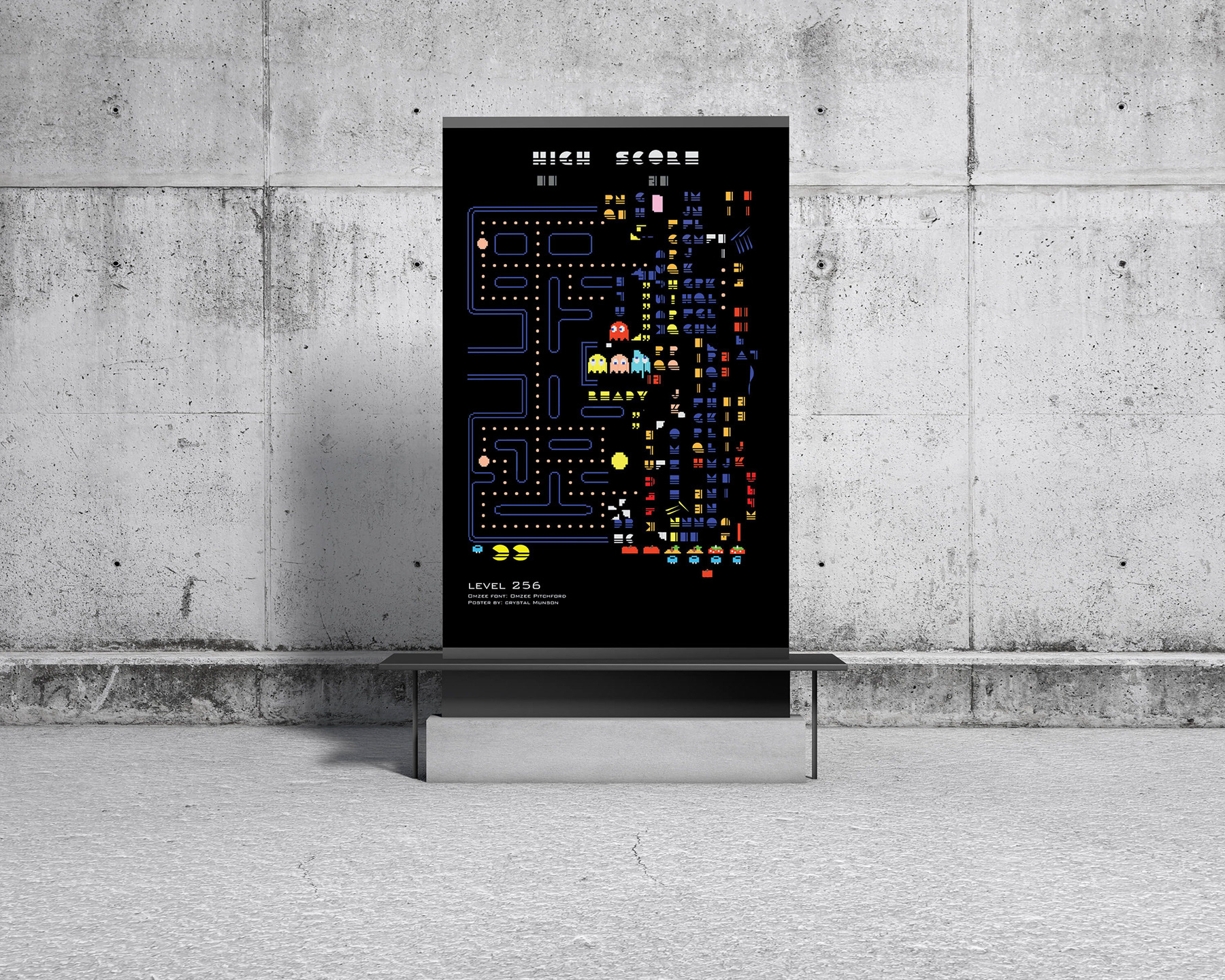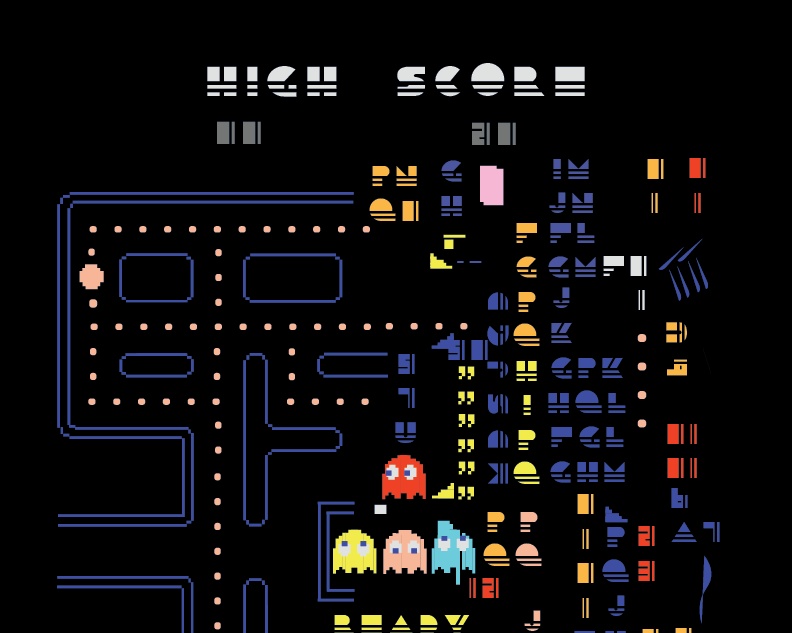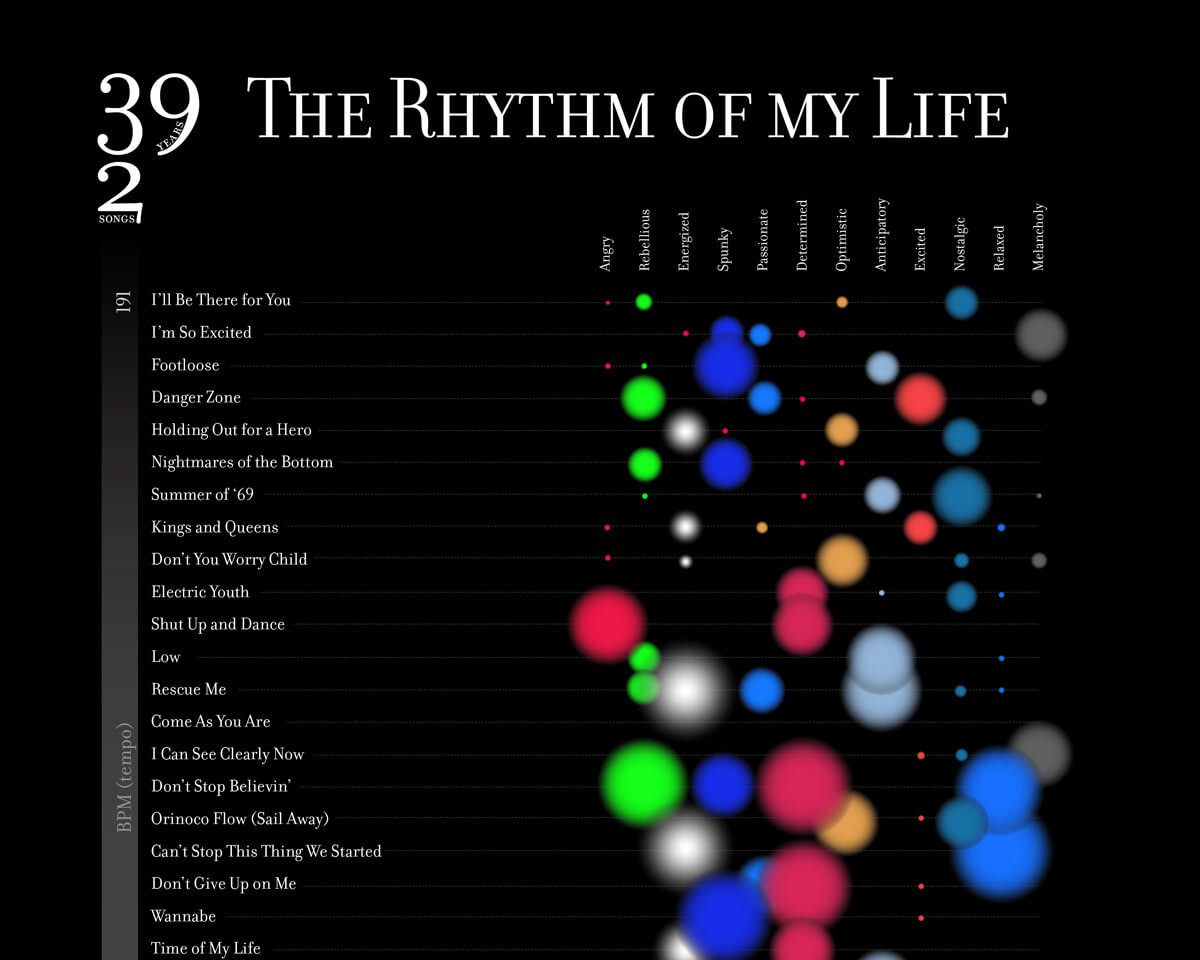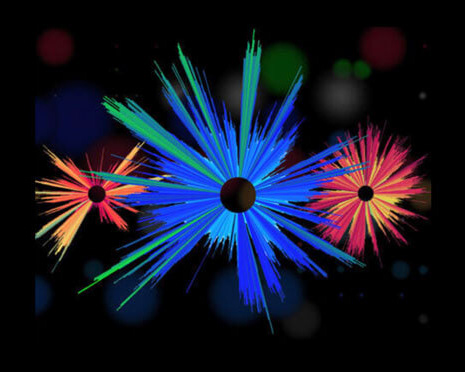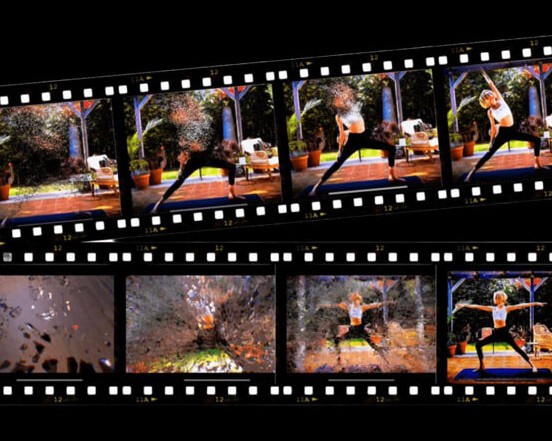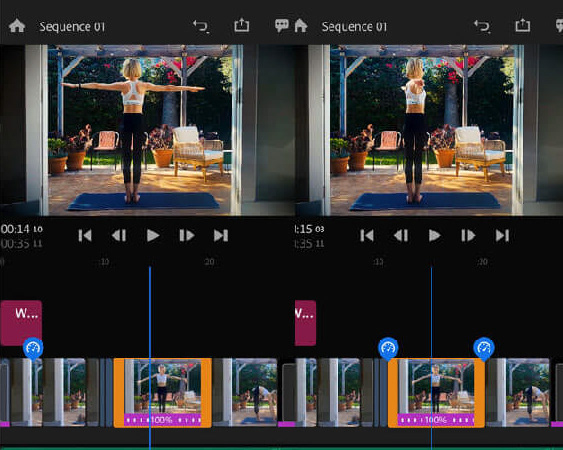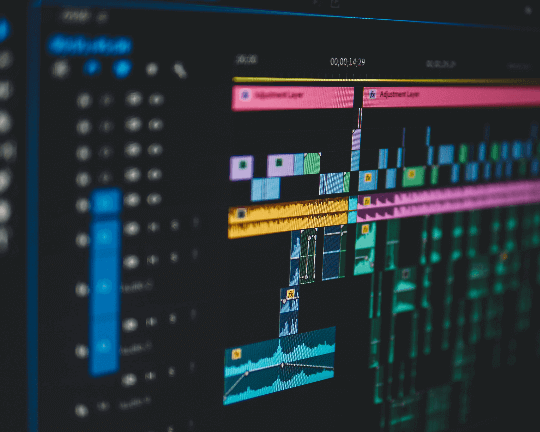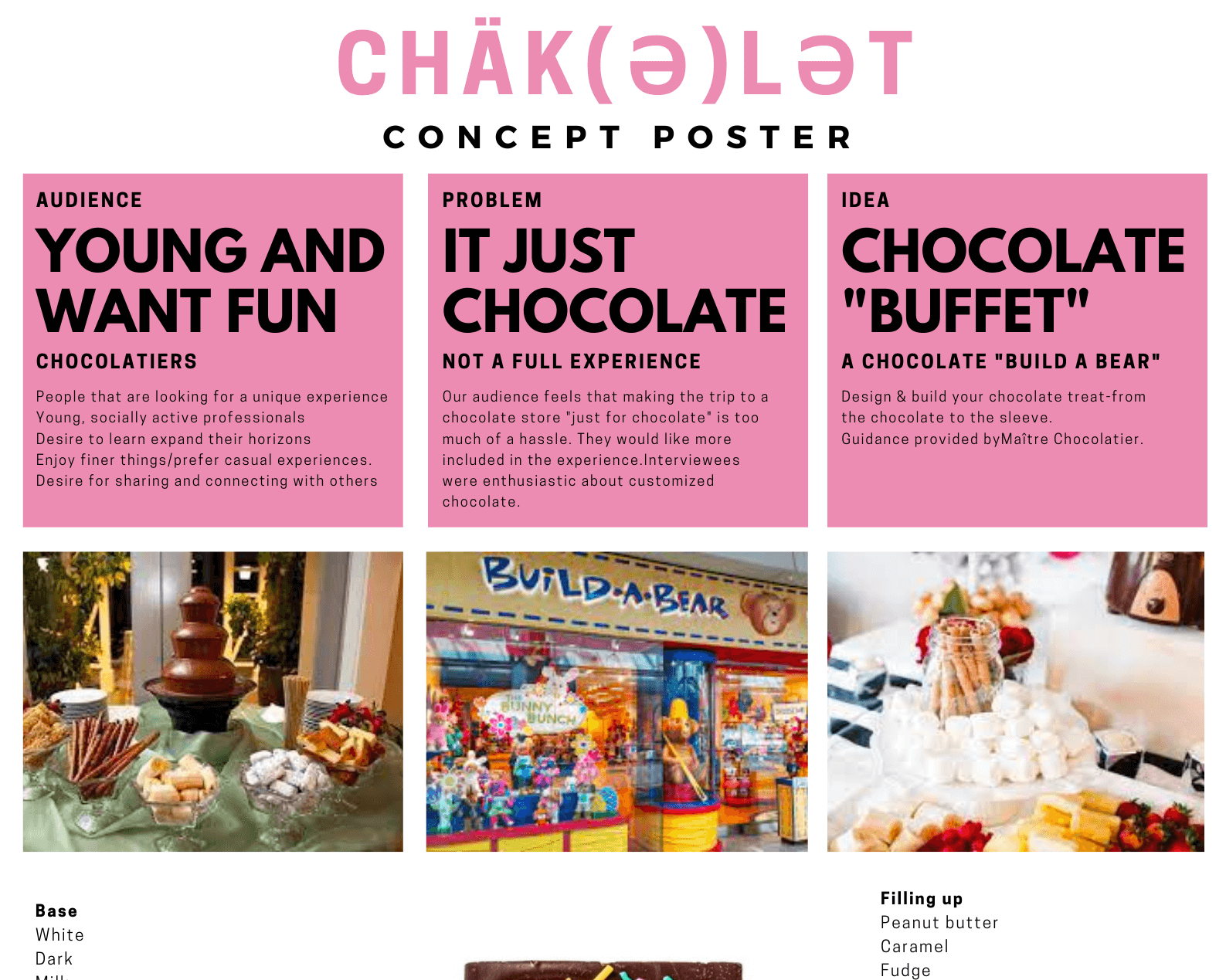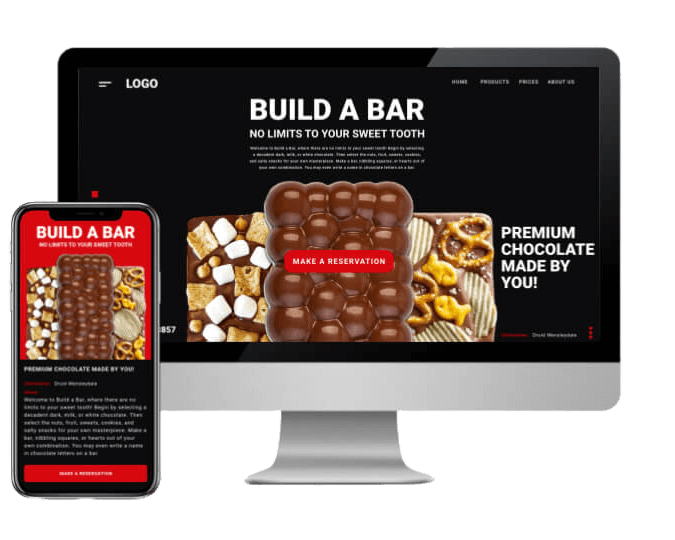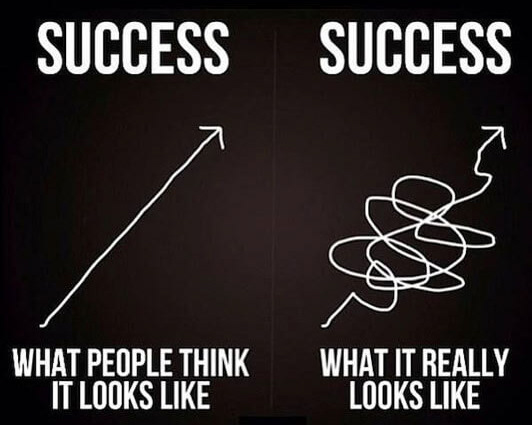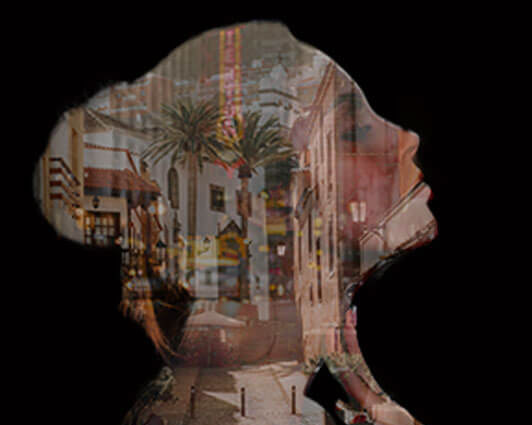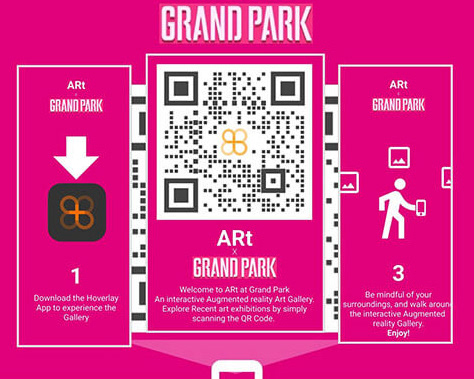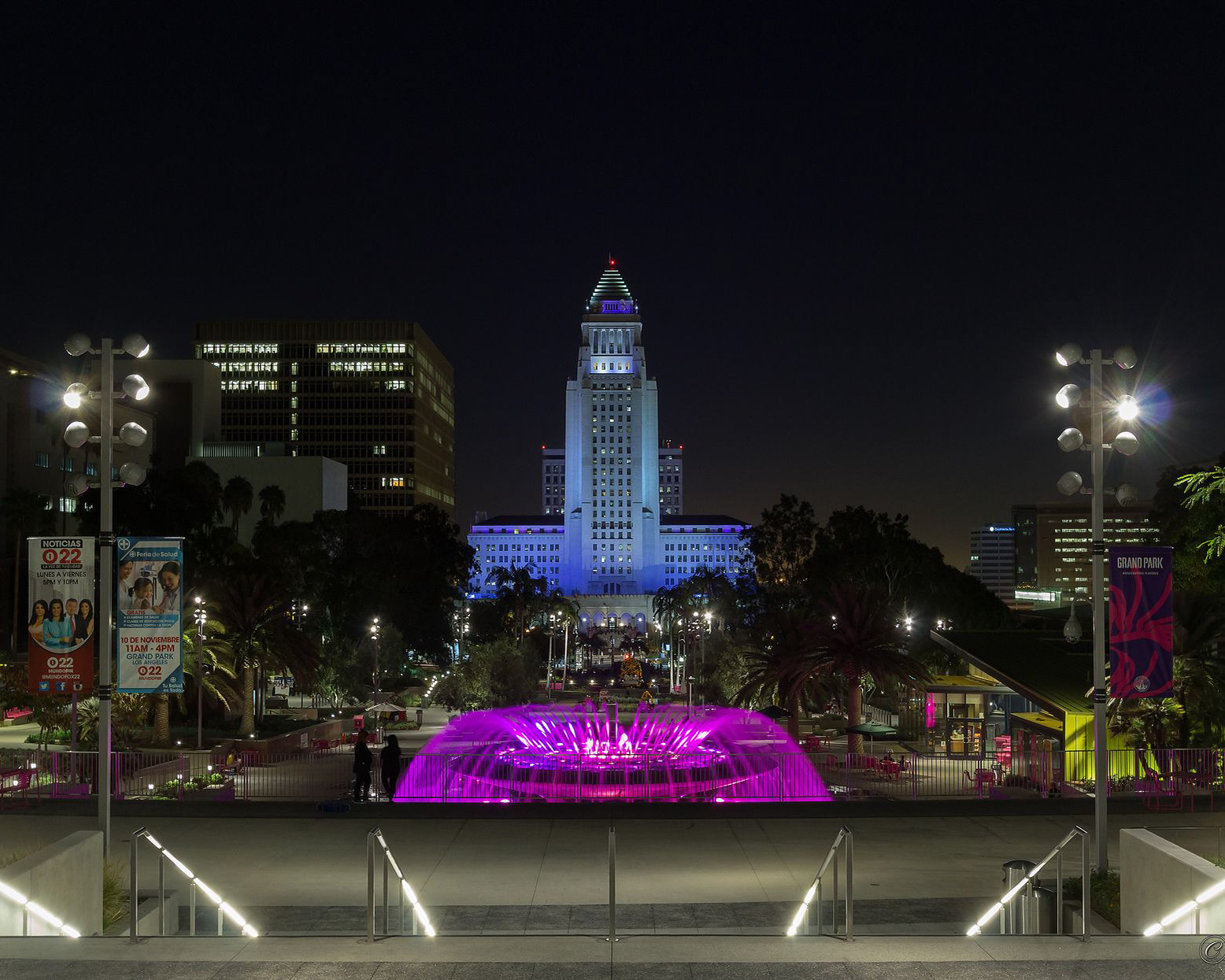EcolutioN
Inspiring innovative solutions for a sustainable future.
My Roles: Project Manager, Research, Behavioral Design
⎯⎯⎯⎯⎯
AI-generated art is increasingly being used to create powerful environmental metaphors and inspire sustainable thinking. The University of Brighton hosted an exhibition featuring AI-rendered visions of a built environment that integrates the natural world, showcasing how technology can inspire solutions for climate change and environmental degradation. These AI-generated images depicted urban buildings, from houses to skyscrapers, seamlessly blending with nature, challenging traditional notions of urban development.
Similarly, Ecolution uses AI trained on 100 million coral reef images to create an immersive portrayal of ocean ecosystems. This fusion of AI and environmental art serves as a "clarion call to world leaders" to harness technology for environmental protection, demonstrating how AI can be used not only to raise awareness about environmental issues but also to inspire innovative solutions for a sustainable future.
⎯⎯⎯⎯⎯
High-Level Problem
The pandemic took a toll on humanity and left many of us feeling anxious and lonely. These emotions cause an increased stress response in our body and have an adverse effect on humans’ mental health and well-being.
Insight
Settling on the island would not only be costly, but it would also disrupt the flourishing ecosystem that can only be found on MS-DOS.
Solution
Ecolution is an interactive VR game that uses MS-DOS island to simulate the impacts of global warming. The game implements behavior design methodologies to nudge players toward sustainable living and a healthier state of mind.
The Basics
What is design fiction?
Design fiction is a discipline that offers designers an opportunity to look far into the future. It provides a method to probe, explore, and critique these possible futures and the technologies they embrace. The designer no longer attempts to generate answers but instead aims to formulate really great questions.
Where/what is MS-DOS Island?
MS-DOS is an imagined environment located in the south Pacific. The small size and isolation of the island have led to the evolution of a unique ecosystem; truly one of the last remaining pristine environments on Earth.
Context
NASA recently identified an emergent landform: MS-DOS Island. With funding from a green tech company, we were asked to design a new civilization for the island as well as come up with a plan for implementing the management of the island. The final deliverable was an “annual report” from 2031.
Baseline Assumptions
We were given five years to plan and ten years to execute the management of the island. The annual report would reflect year ten but would account for how we got to year ten.
Objectives
The goal of this project was not to solve this problem. Instead, the goal was to apply our project management skills both creatively and strategically. It required us to defend our decisions and think of contingencies. The secondary goal was to help us assimilate to working on ambiguous problems as the mindset is central to the design discipline.
Stakeholder Kickoff Meeting
We kicked off the project with a stakeholder interview, which felt like shooting arrows blindfolded–and I can’t shoot arrows even when I'm not blindfolded. What I’m saying is, with ambiguous projects, there’s no question you can ask that will lead to 100% clarity, so give it your best shot and hope some questions hit the target.
Insights & Takeaways
Process > Solution: This isn’t about the solution, this project is about the process & planning, not the solution.
Embrace a beginner’s mindset: Ambiguous projects require a beginner's mindset.
Clarify ambiguous details both in the brief as well as in the deliverables requested because I may have a different interpretation of something than what the stakeholders have in mind. Also, review the brief and deliverables multiple times to identify anything non-obvious that may need clarification. The "annual report" was an ambiguous detail in this project that I failed to get clarification on until we were weeks into the project. I assumed (side-note: never assume. It makes an "ass" out of "u" and "me.") my idea of an annual report was the same as the stakeholders. That was one of many hurdles in this project that I crashed right into.
Research
At the outset of the project, we didn’t have a clear mission or specific goals so we set out to learn more about everything from Takahé birds and sustainable living to airships and drones.
Key Findings
Drones to map the island: “can fly up to 6.2 miles away from the controller”
“disturbs nesting patterns”
“disturbs nesting patterns”
Airships: “cheapest one made costs over $2 million”
Behavior: “90% of people claim to do pro-environmental actions, but when measured, 3% actually adopt pro-environmental behaviors.”
Insights
Drones aren’t an option for mapping the island because they require nearby piloting and they would disturb the nesting patterns of the Takahé birds.
Airships would be too expensive.
People struggle to align their intentions with their actions.
“Video games — if seen and approached as serious and transformative tools — could empower billions to contribute to urgently needed solutions” to climate change and other environmental crises."
Concept Development
It was important to define success and understand the steps it would take for us to achieve our goals before we jumped into designing. We used the challenge discovery and backcasting Mural boards (above) to map out our timeline and milestones as well as to align our mission and vision statements. From there, we moved to XD and began the design of our "annual report" website.
team mural boards
Our Mission
We are committed to the social, economical, and environmental betterment of our global community through the creation of new virtual frontiers.
Our Vision
Our vision is a flourishing world where any human can visit virtual frontiers to educate, inspire, and take action towards the well-being of our global community.
SME Interviews: Getting Insight from the Experts
Each person on my team chose to approach the solution from a different lens. I chose the behavioral design lens because, based on my research, I knew that in order to ignite change players needed to feel understood and empowered. Also, behavioral design can architect change processes that spark people’s optimism and help maintain motivation over time, something that’s crucial to giving Ecolution a distinct competitive advantage over other gaming companies. Since I needed to know more about how behavior change can be implemented in game design, I interviewed three subject matter experts; a behavioral designer, a behavioral scientist, and a game designer that specialized in gamification for behavior change.
Insights
“What matters is how empowered people feel to influence change.”
“There’s no relationship between educating people and that education leading to people engaging in any real or measurable behavior change.”
Website Design
When it came to designing our "annual report" website, my task was to design the behavioral design team's page. To align our designs, the team met to create a style guide and then worked individually in a shared XD document in an attempt at site-wide visual consistency. Below are a few of the iterations I made based on feedback from our stakeholders and users.
Behavioral design page iterations
collaborating on the website design in Adobe XD
Creating a 10-Year Gantt Chart
Since we were planning a project that would span a ten-year period, there were a lot of factors to consider. First I created a spreadsheet of risks and contingencies spreadsheet. From there, I "mapped out" the project by hand then used Team Gantt to develop a chart that broke down all the tasks the behavior design team would have to complete, beginning in 2021 and ending in 2031.
"Mapping out" the project and the Behavior design team Gantt chart that I created.
"Hold up, is the island real or fake?"
MS-DOS island was imagined by our stakeholders, we knew that from the start. But as we were practicing our pitch, a member of our team interrupted, saying, "Hold up, is the island real or fake?" That's when we realized our team hadn't yet come to a consensus about whether the island environment in the game should be based on a real island or a fake one. 🤦♀️
The Pitch
Reflection
Feedback Received
Stakeholders championed the idea of leaving the island uninhabited and using it as a metaphor.
Due to our Individual lenses overlapping, we didn’t have all of the necessary bases covered.
“Have different models at different budgets as a way of explaining what you can do with different amounts of money.”
“Be more specific with planning and contingencies.”
Personal Reflections
All the mentions of metaphors during this project led me to research the term, which led me to learn (and get excited about) using metaphors in design.
This project was a great reminder of the Pareto Principle. 80% of outcomes result from 20% of all causes for any given event
Area for improvement: sharing my voice and making sure it’s heard even when I feel like an “outsider” on the team.
Since this project was rife with ambiguity and metaphors, I felt I needed to write a lengthy reflection to fully process the experience. I titled it "Reflecting on an Ambiguous Mindf*ck of a Project." You'll have to read my full reflection to learn why!
One of the many artifacts I created for the project. Click on the image to see more.
